Requirements for moving railway vehicles in special cases in Vietnam in 2024
The content of the article presents the current regulations on the Requirements for moving railway vehicles in special cases in Vietnam.
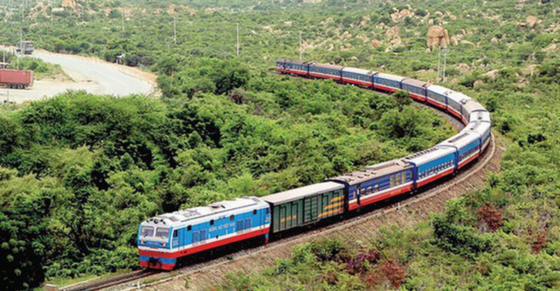
Requirements for moving railway vehicles in special cases in Vietnam in 2024 (Internet image)
1. Roadworthiness of railway vehicles in Vietnam in 2024
According to Article 30 of the Railway Law 2017 on roadworthiness of railway vehicles
- Ensure national technical standards on technical safety and environmental protection;
- Have a Certificate of Registration for railway vehicles issued by a competent authority;
- Have a Certificate of Quality, Technical Safety, and Environmental Protection for railway vehicles or a periodic inspection certificate of technical safety and environmental protection for railway vehicles issued by a competent authority and still valid.
2. Special cases for moving railway vehicles in Vietnam
Vehicles that do not meet the conditions specified in Clause 1 of Article 30 of the Railway Law 2017 are permitted to move in the following special cases:
- Moving for inspection, testing of the vehicle's technical features before acceptance, handover for operation and utilization.
- Moving from one gathering position to another for storage, preservation.
- Moving to serve in disaster prevention, combating and overcoming consequences of natural disasters, accidents, epidemics, and to perform urgent defense and security tasks when required.
(According to Article 14 of Circular 14/2023/TT-BGTVT)
3. Requirements for moving railway vehicles in special cases in Vietnam in 2024
According to Article 15 of Circular 14/2023/TT-BGTVT, requirements for moving vehicles in special cases in Vietnam are as follows:
- Vehicle operators must comply with the traffic management of the agency or organization assigned with the responsibility of railway traffic operation management.
- The speed and load of the vehicle must not exceed the technical design of the vehicle and must comply with the announced speed and load orders on the section, railway line moved according to the regulations.
- Organizations and individuals moving the vehicles are responsible for ensuring safety and environmental hygiene in accordance with the law.
4. Railway Traffic Rules in Vietnam 2024
- Railway traffic rules include regulations on train command, train formation, train marshalling, train running, train avoiding, train overtaking, train stopping, and train reversing.
- Regulations on train command:
+ The running of trains in each section is commanded by only one traffic controller. Train orders must be executed through the route traffic controller. Route traffic, station duty controllers, train conductors, and train drivers must absolutely obey the commanding orders of the route traffic controller;
+ Within the railway station’s scope, the station traffic controller or station duty controller commands train operations. Train conductors and drivers must obey the orders of the train commander or comply with signal indications;
+ On the train, the train conductor is the highest commander to ensure safe train operations;
+ On trains without a conductor or single locomotives, urban railways, the train driver is the highest commander to ensure safe train operations.
- Regulations on train formation:
+ Train formation must comply with railway standard and technical regulations;
+ Carriages must meet the safety standards and technical regulations to be coupled.
- Regulations on train marshalling:
+ Train marshalling is the movement of locomotives, carriages from one position to another within the railway station, intermediate section. Marshalling must be done according to the station duty controller’s plan;
+ During marshalling, the train driver must follow the commander’s instructions.
- Regulations on train running:
+ While running, train drivers must comply with the following:
Control the train from the station, go through the station, stop, avoid, and overtake at the station as per the station duty controller’s order.
Only allowed to control the train into the intermediate section when there is a train token.
Only permitted to control the train into the station, go through the station according to light signals, semaphore signals, and signals of the station duty controller.
Control the train speed as stipulated in Article 42 of the Railway Law 2017.
During train running, train drivers and assistant drivers on duty must not leave their work positions;
+ Passenger trains are only allowed to run when the passenger car doors are closed. Passenger car doors should only be opened when the train has completely stopped at the railway station.
- Regulations on train avoiding, train overtaking:
+ Train avoiding, train overtaking must be done at the railway station;
+ Train drivers perform train avoiding, train overtaking on the national railway, specialized railway as per the station duty controller’s order; on urban railways as per the urban railway traffic controller’s order.
- Regulations on train stopping, train reversing:
Train drivers must stop the train when seeing a stop signal; upon detecting a situation threatening train safety or receiving an emergency stop signal, they are permitted to stop or reverse the train in emergencies. In emergencies, train conductors and train drivers are responsible for informing the station as stipulated.
(According to Article 38 of the Railway Law 2017)
- Cases of land rent exemption and reduction under the latest regulations in Vietnam
- Economic infrastructure and social infrastructure system in Thu Duc City, Ho Chi Minh City
- Regulations on ordination with foreign elements in religious organizations in Vietnam
- Increase land compensation prices in Vietnam from January 1, 2026
- Determination of land compensation levels for damage during land requisition process in Vietnam
- Who is permitted to purchase social housing according to latest regulations in Vietnam?
-
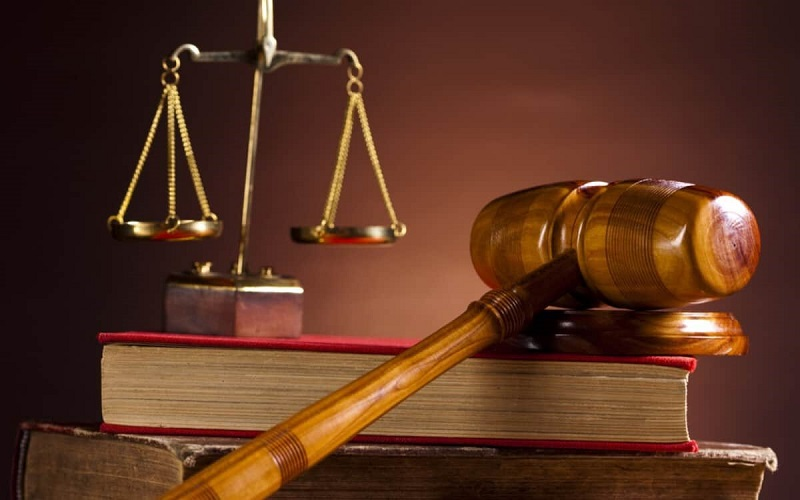
- Number of deputy directors of departments in Vietnam ...
- 15:04, 05/03/2025
-
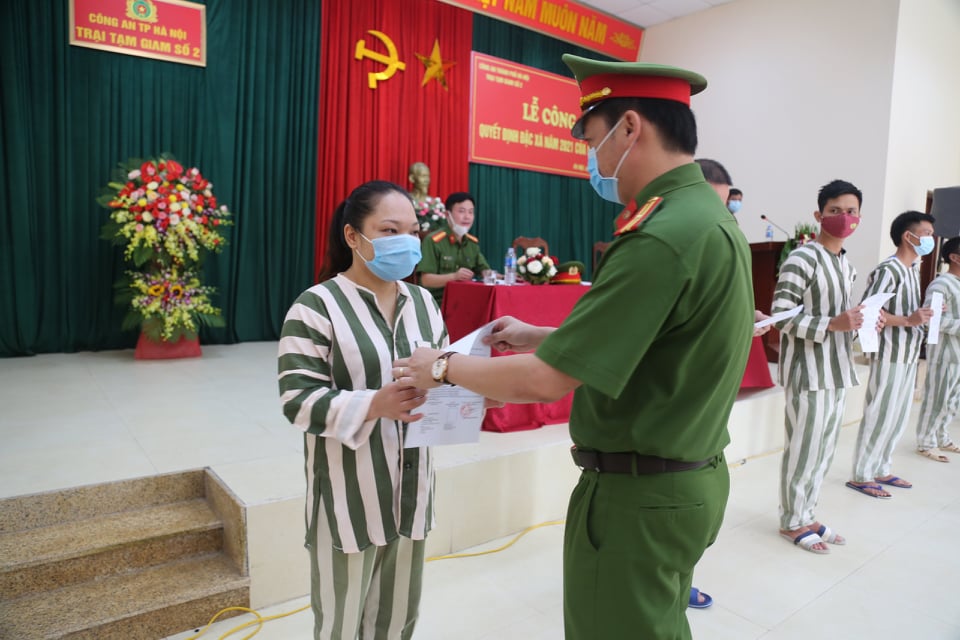
- Cases ineligible for pardon in Vietnam in 2025
- 14:43, 05/03/2025
-
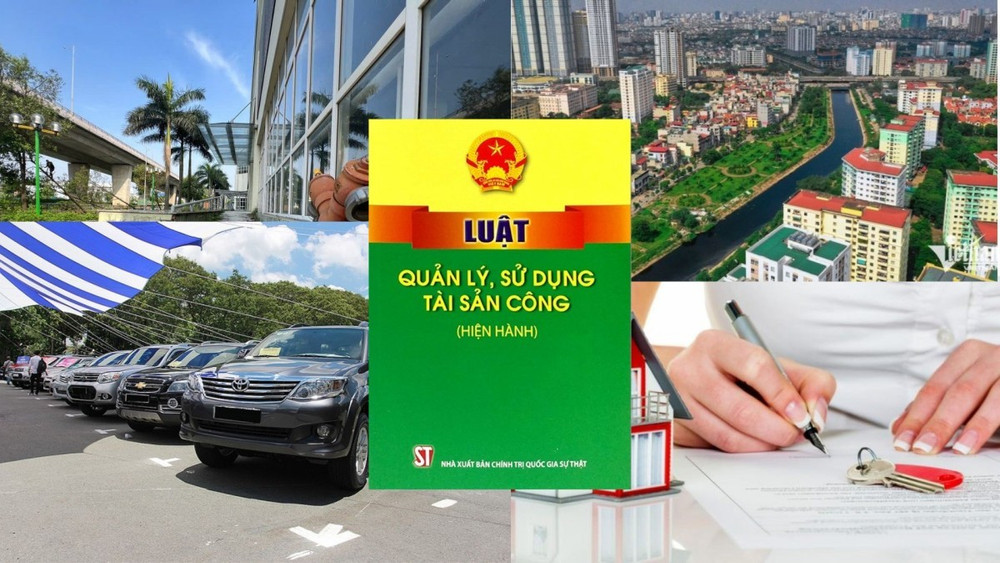
- Decree 50/2025 amending Decree 151/2017 on the ...
- 12:00, 05/03/2025
-

- Circular 07/2025 amending Circular 02/2022 on ...
- 11:30, 05/03/2025
-
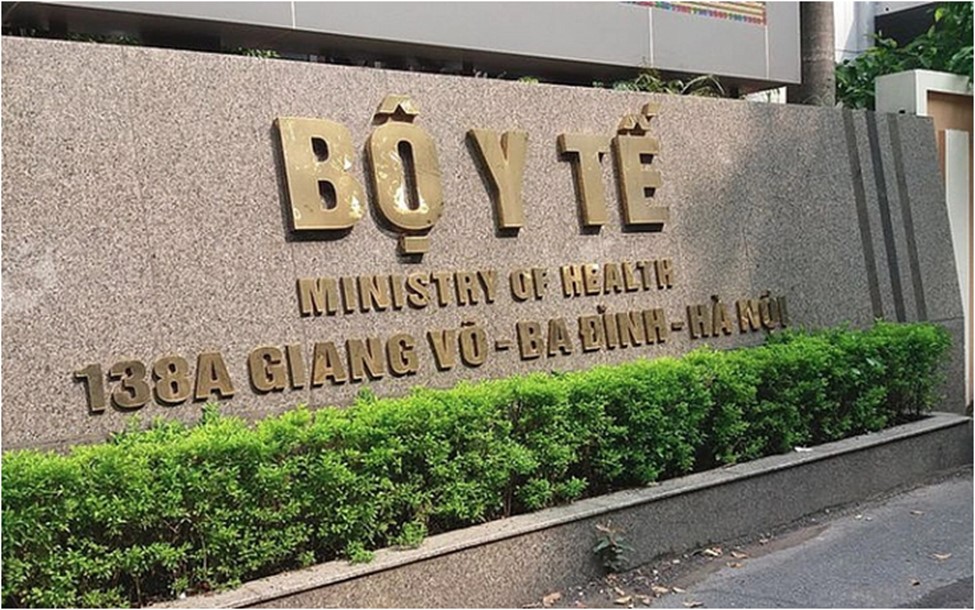
- Adjustment to the organizational structure of ...
- 10:34, 05/03/2025
-

- Notable new policies of Vietnam effective as of ...
- 16:26, 11/04/2025
-
.Medium.png)
- Notable documents of Vietnam in the previous week ...
- 16:21, 11/04/2025
-
.Medium.png)
- Notable documents of Vietnam in the previous week ...
- 16:11, 02/04/2025
-
.Medium.png)
- Notable new policies of Vietnam to be effective ...
- 16:04, 02/04/2025
-
.Medium.png)
- Notable new policies of Vietnam effective from ...
- 14:51, 21/03/2025

 Article table of contents
Article table of contents
